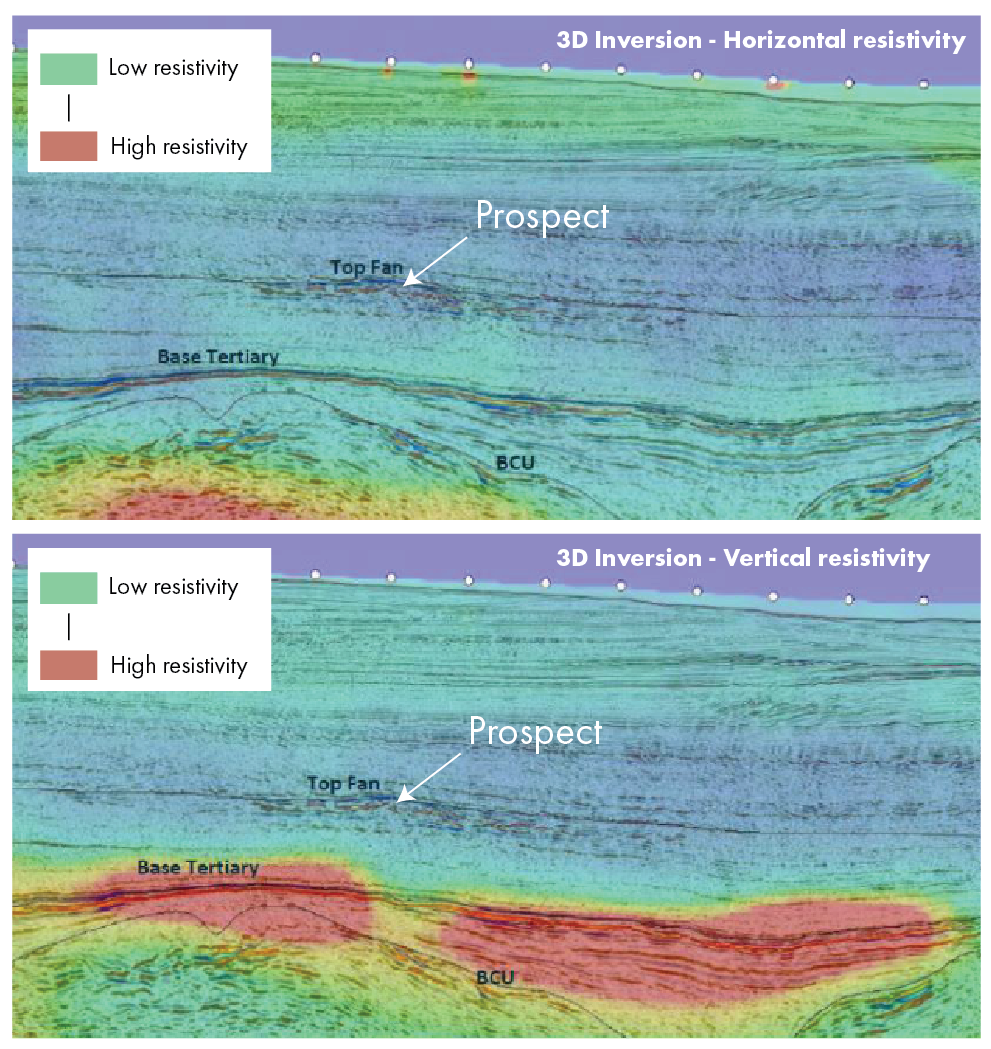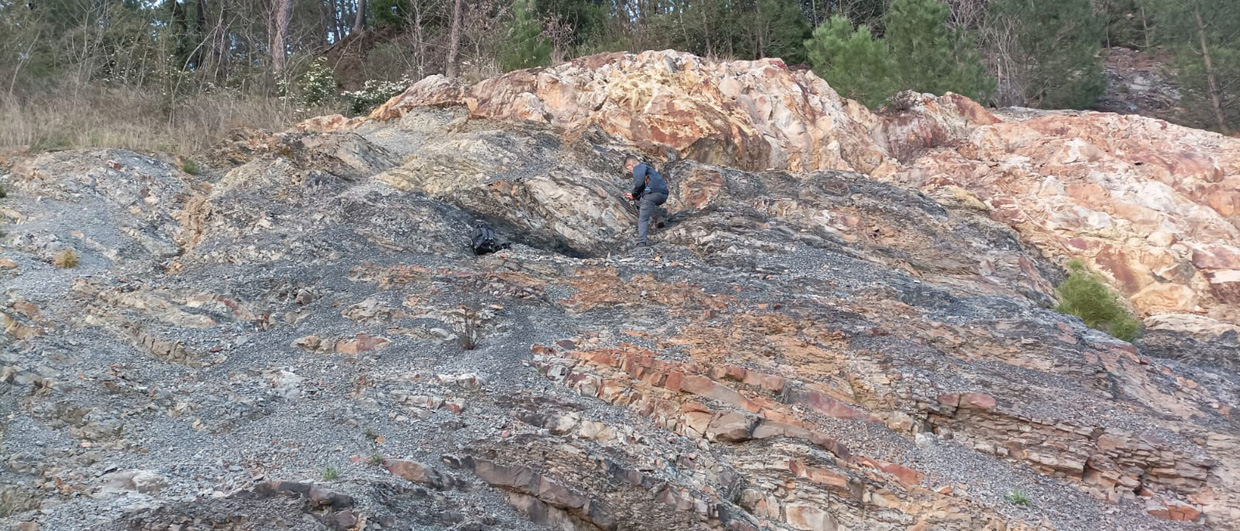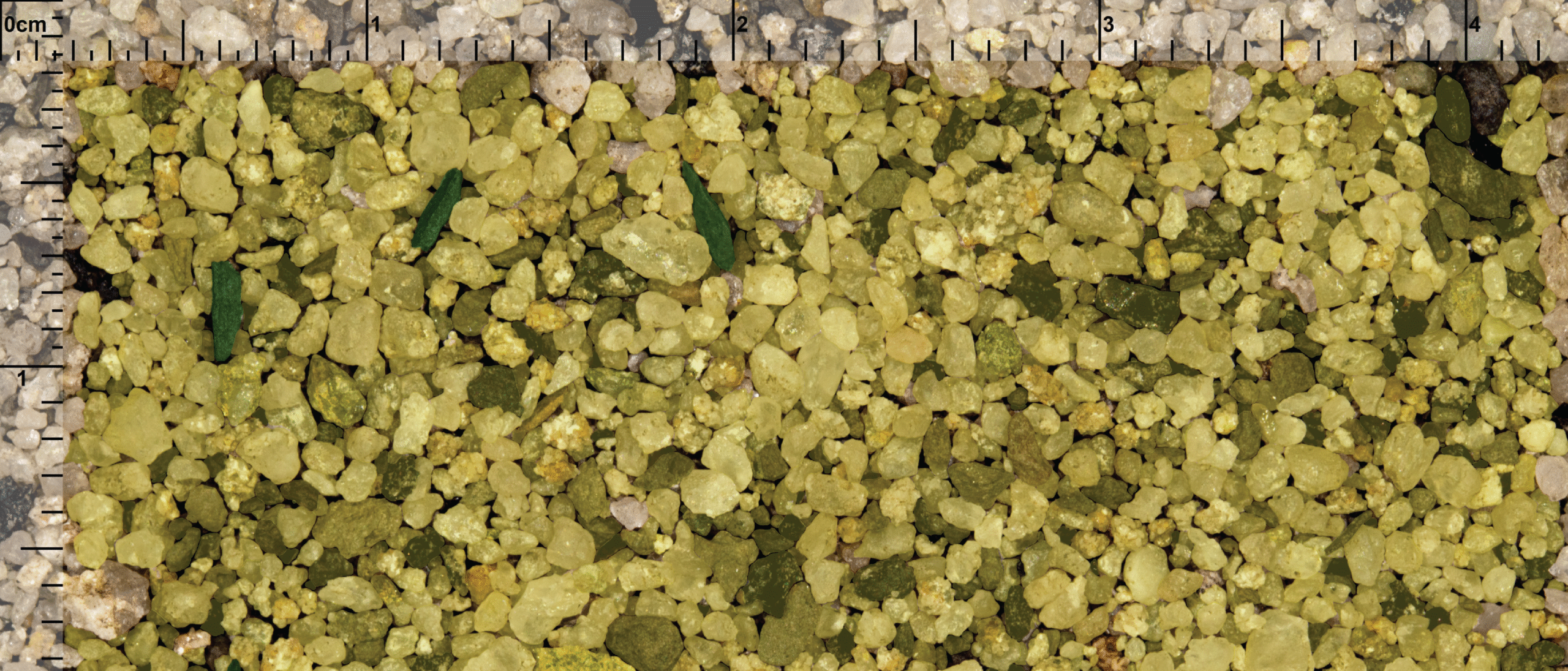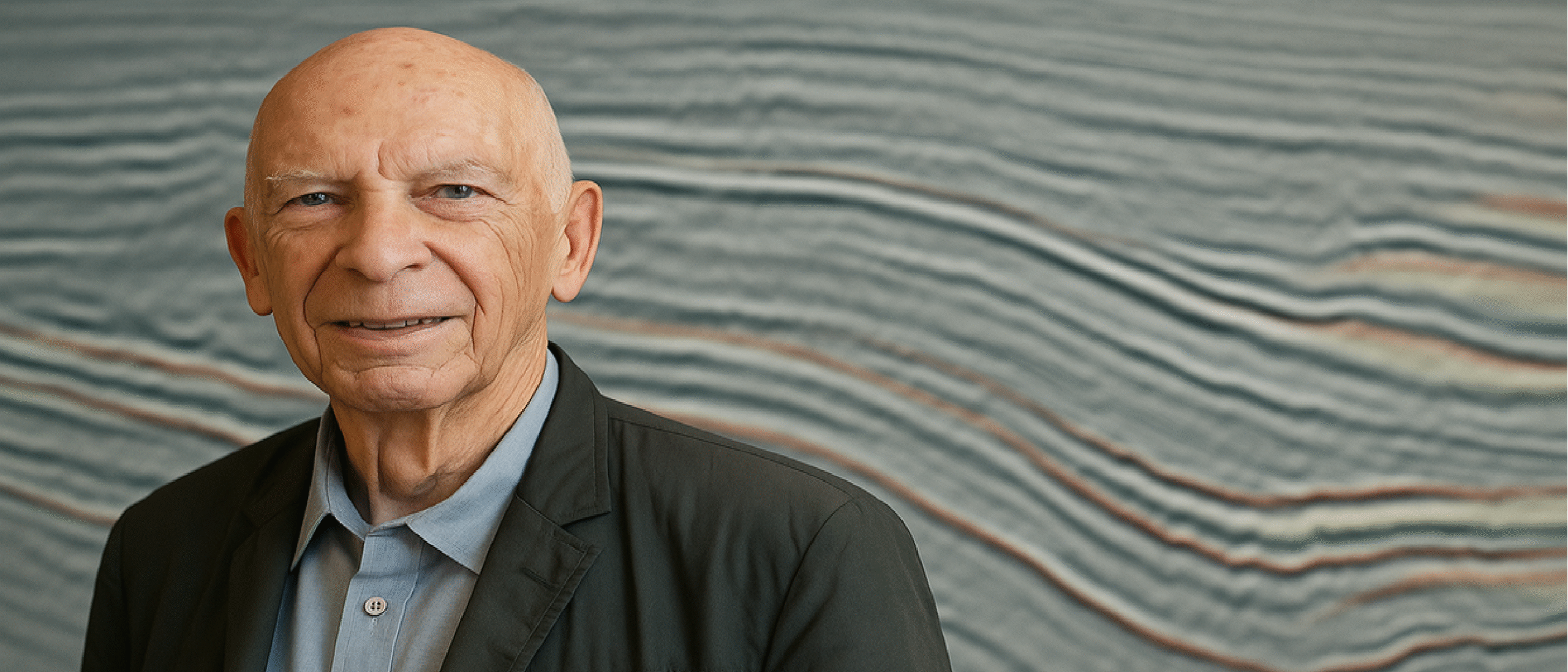“We had a very limited time window to operate in, in fact, it was too short to acquire 3D seismic data,” says consultant geologist Peter Mikkelsen from Navitas Petroleum. Navitas had a licence next door to bp’s licence 1,145, offshore Newfoundland, in which the major drilled what is generally assumed to be the dry Ephesus well.
“We were chasing a similar Eocene fan system in our block,” says Peter. “But with the licence expiring soon, the time was not available to first wait on the results of the Ephesus well, which had experienced severe delays for various reasons, and then embark on a seismic survey.”
The option then appeared on Navitas’ radar to acquire a CSEM survey instead. “The survey was an order of magnitude cheaper than a conventional seismic survey and was easy to deploy,” Peter adds. “In addition, the energy source was now ten times stronger than it used to be. That gave us the confidence to apply it in our acreage, where our prospect was at a depth of around 4,300 m below sea surface.”

And there was another thing that worked in favour of using CSEM: the geology. “It was almost ideal for it,” says Peter, “because we were dealing with a fairly simple and undeformed lithological mix of sands and muds, and the question of whether there are hydrocarbons in there, or water.”
“The results were extremely clear,” continues Peter. “We got a very good response from the base of the Tertiary, which is about 1,000 m below our target, going even deeper into the spectacular Mesozoic underburden. If even structures at depths of 5 to 6 km could be distinguished, it gave us the confidence that our Eocene prospect would have been picked up too if it had hydrocarbons in it.”
But the prospect had no response whatsoever, not even a glimmer.
“We also had some modelling done for us by EMGS, who acquired the survey. Even when we only put around 200 million barrels equivalent of hydrocarbons in it, which is way smaller than the prospect might have been able to hold, we would have had a response from the survey. Going even lower than that, we would have been in the grey zone of picking up the signal or not, but in that volume range we would not have had an economic discovery anyway.”
Is it too easy to claim that bp did not want a CSEM survey over Ephesus? “It is,” says Peter. “We had plans to carry out a joint survey in 2020, but that was all canned by the pandemic. In the meantime, drilling plans progressed at bp to a point that they couldn’t really go back. The result is that we spent less than 10 million on our licence, whilst bp spent an order of magnitude more.”





